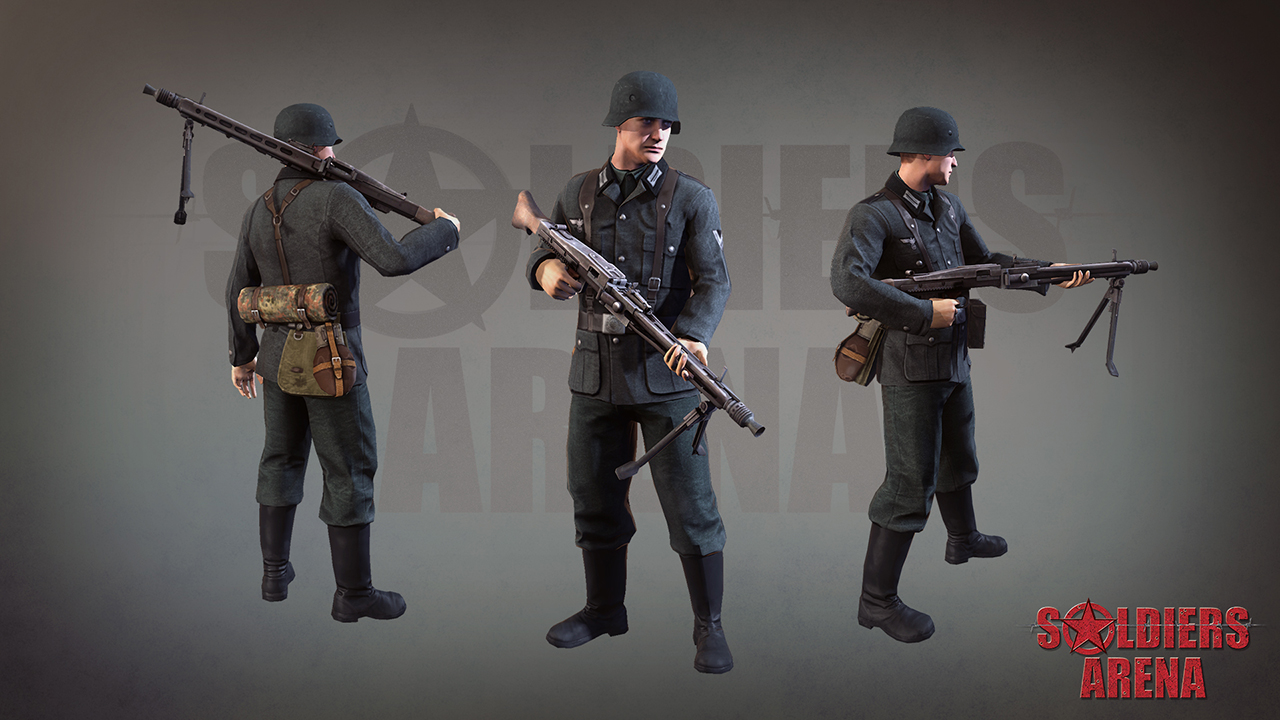

Soviets, in turn, were pictured as the ultimate villains, with their massive, relentless efforts to surpass America and prove the power of the communist system. Astronauts came to be seen as the ultimate American heroes, and earth-bound men and women seemed to enjoy living vicariously through them. This frenzy of interest was further encouraged by the new medium of television. space programs were heavily covered in the national media. From beginning to end, the American public’s attention was captivated by the space race, and the various developments by the Soviet and U.S. For their part, the Soviets made four failed attempts to launch a lunar landing craft between 19, including a spectacular launch-pad explosion in July 1969. After landing successfully on July 20, Armstrong became the first man to walk on the moon’s surface he famously called the moment “one small step for man, one giant leap for mankind.”īy landing on the moon, the United States effectively “won” the space race that had begun with Sputnik’s launch in 1957. astronauts Neil Armstrong, Edwin “Buzz” Aldrin and Michael Collins set off on the Apollo 11 space mission, the first lunar landing attempt. Meanwhile, the Soviet Union’s lunar landing program proceeded tentatively, partly due to internal debate over its necessity and to the untimely death (in January 1966) of Sergey Korolyov, chief engineer of the Soviet space program.ĭecember 1968 saw the launch of Apollo 8, the first manned space mission to orbit the moon, from NASA’s massive launch facility on Merritt Island, near Cape Canaveral, Florida. Apollo suffered a setback in January 1967, when three astronauts were killed after their spacecraft caught fire during a launch simulation. Achievements of Apolloįrom 1961 to 1964, NASA’s budget was increased almost 500 percent, and the lunar landing program eventually involved some 34,000 NASA employees and 375,000 employees of industrial and university contractors. In February 1962, John Glenn became the first American to orbit Earth, and by the end of that year, the foundations of NASA’s lunar landing program–dubbed Project Apollo–were in place. would land a man on the moon before the end of the decade. Kennedy made the bold, public claim that the U.S. On May 5, astronaut Alan Shepard became the first American in space (though not in orbit). effort to send a man into space, dubbed Project Mercury, NASA engineers designed a smaller, cone-shaped capsule far lighter than Vostok they tested the craft with chimpanzees and held a final test flight in March 1961 before the Soviets were able to pull ahead with Gagarin’s launch. In April 1961, the Soviet cosmonaut Yuri Gagarin became the first person to orbit Earth, traveling in the capsule-like spacecraft Vostok 1. In 1959, the Soviet space program took another step forward with the launch of Luna 2, the first space probe to hit the moon. Space Race Heats Up: Men (And Chimps) Orbit Earth The second, led by the Central Intelligence Agency ( CIA), the Air Force and a new organization called the National Reconnaissance Office (the existence of which was kept classified until the early 1990s) was code-named Corona it would use orbiting satellites to gather intelligence on the Soviet Union and its allies. Air Force, dedicated itself to exploiting the military potential of space.

These tensions would continue throughout the space race, exacerbated by such events as the construction of the Berlin Wall in 1961, the Cuban missile crisis of 1962 and the outbreak of war in Southeast Asia.Ģ010 Street vendor Mohamed Bouazizi self-immolates in Tunisia, igniting the Arab SpringĮisenhower also created two national security-oriented space programs that would operate simultaneously with NASA’s program. Causes of the Space Raceīy the mid-1950s, the U.S.-Soviet Cold War had worked its way into the fabric of everyday life in both countries, fueled by the arms race and the growing threat of nuclear weapons, wide-ranging espionage and counter-espionage between the two countries, war in Korea and a clash of words and ideas carried out in the media.

Beginning in the late 1950s, space would become another dramatic arena for this competition, as each side sought to prove the superiority of its technology, its military firepower and–by extension–its political-economic system. Known as the Cold War, this battle pitted the world’s two great powers–the democratic, capitalist United States and the communist Soviet Union–against each other.


 0 kommentar(er)
0 kommentar(er)
